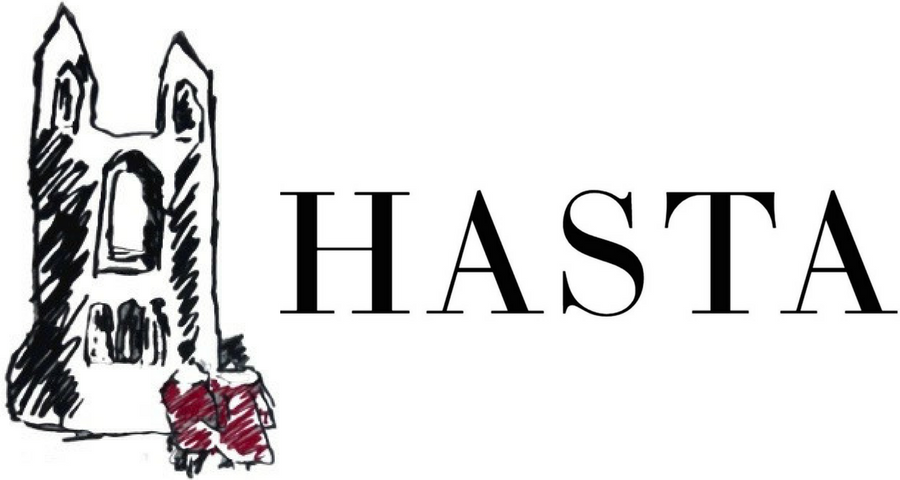Nature/Text: A Folio from theMira Calligraphiae Monumenta
By Jake Erlewine
Rudolf II Habsburg was one of the most important European patrons of the late sixteenth century, and the artistic activity at his court was rivalled perhaps only by that of Pope Julius II in Rome. Between 1583 and 1612, painters in Prague produced a diverse body of work spanning several different genres and styles, which makes finding a coherent definition for a School of Prague difficult. The myths and allegories found in the works of Mannerist painters such as Hans von Aachen and Bartholomeus Spranger starkly contrast with the naturalism of Roelant Savery, and yet these two poles of late sixteenth-century culture were united harmoniously at the Holy Roman Court. Both currents exemplify the tension between different ideas on the gathering and displaying knowledge. While Mannerists relied primarily on textual sources for iconographic inspiration, naturalists relied heavily on vision to collect and disseminate their knowledge and the world. The work of the miniaturist Joris Hoefnagel, a Netherlandish artist whose life had been defined by travel and upheaval, represents the most important flashpoint between the empiricism of text and the mysticism of nature exemplified at Rudolf’s court because of his painting’s direct confrontation with the written word. In the Mira Calligraphiae Monumenta, currently at the Getty Museum, Hoefnagel’s naturalia compete with the virtuoso calligraphy of Georg Bocskay, who composed the model book in 1561-2, some thirty years before it was illuminated (Fig. 1). The positioning by Hoefnagel of nature as the archetypal source of knowledge submits the will of the word to the will of the image, placing the logical world of writing against an irrational natural world where nothing is certain.
Hoefnagel was a humanist first and a painter second. Consciously choosing to stay out of painters’ guilds, he was an autodidact whose miniatures embody humanity’s relationship with nature. Having been brought up in Antwerp by a family of wealthy merchants, Hoefnagel was prepared for a career in business. Alongside painting, the artist also wrote poetry and played several instruments, speaking to the vast store of monetary and educational resources at his disposal. Hoefnagel’s predisposition for humanism is reflected by an epigram in the Schriftmusterbuch, an illumination of another Bocskay model book now at the Kunsthistoriches Museum Vienna: “Like the Hungarian Zeuxis [Bocskay] with his pen, so the Belgian decorates your treasures with his artistic ability.”
The story of Zeuxis would have been especially pertinent to Hoefnagel, who made a living in the last decade of his life by transposing the natural world to the artificial world of parchment through close study. He in fact references the famous anecdote from Pliny in the Mira, wherein Zeuxis painted grapes that looked so lifelike that birds pecked at the panel. In folio 54, Hoefnagel’s illuminations simplify the text of Pliny in the form of a detailed representation of wine grapes (Fig. 1). Hoefnagel uses the end of the phrase ut vana cuncta (it is all in vain) as a springboard to bridge the gap between the text and his illustrations, creating a series of asemic floral spirals that form a middle ground between the two artists’ works. The spirals tail off and give way to Hoefnagel’s meticulously arranged composition, placing a bunch of wine grapes between a gillyflower and a land snail. The iconographic contrast between the snail and the grapes is stark, with the latter being easily deciphered and the former famously being among the most symbolically ambiguous motifs in medieval study.
Fig. 1: Bocskay and Hoefnagel, Wine Grape, Gillyflower, and Wood Snail from the Mira Calligraphiae Historialis. Watercolors, gold and silver paint, and ink on parchment. 16.6 x 12.4 cm. Getty Museum, Los Angeles.
Zeuxis’ grapes were a work of artifice which sought to represent nature truthfully and objectively. Hoefnagel, through the inclusion of the snail, rejected any right or privilege for humanity to understand or know essential truths about nature. He emphasized the impenetrability of that which nature does not make readily available to the human eye. In a pre-microscopic world, what you saw was essentially what you got. Although early modern scholarship sought to fill the gaps of knowledge, the lack of a way to ‘see deeper’ made certainty impossible. Any premodern botanical study, for example, could and would be made obsolete by a more exacting study. Of course, nature contains an irrationality for which there is no true skeleton key. This sense of wonder becomes Hoefnagel’s primary rhetorical device in his juxtaposition between natural image and text. Snails, grapes, and gillyflowers coexist in a microcosm whose essential truths we can never reach. Placed at the wide end of Hoefnagel’s funneled spirals, the artist provides a visual depiction of the limits of human understanding, and the wonder of that which cannot be conveyed within the bounds of ruled parchment.
See works by Hoefnagel and other members of the rudolfine court at The Experience of Nature: Art in Prague at the Court of Rudolf II at the Musee du Louvre from 19 March to 30 June.
Bibliography
Bass, Marisa. 2019. Insect Artifice : Nature and Art in the Dutch Revolt. Princeton, New Jersey: Princeton University Press.
Bocskay, Georg, Joris Hoefnagel, Lee Hendrix, and Thea Vignau-Wilberg. 1500. Mira Calligraphiae Monumenta. London: Thames and Hudson.
Camille, Michael. 1992. Image on the Edge : The Margins of Medieval Art. London: Reaktion Books.
Kaufmann, Thomas DaCosta. 1988. The School of Prague : Painting at the Court of Rudolf 11. Chicago: University of Chicago Press.

